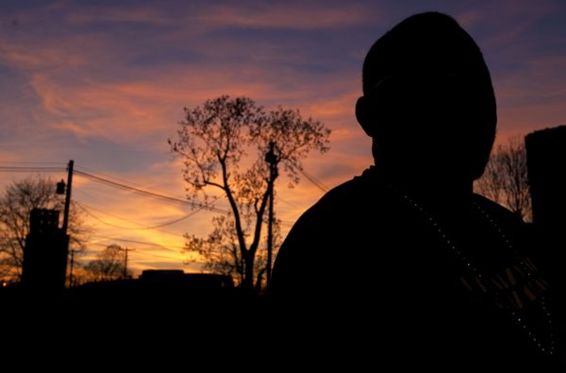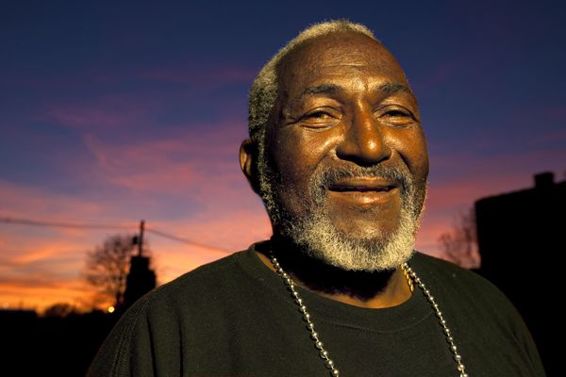THE SOLUTION
The first question to ask yourself, as always, is whether there are any depth-of-field concerns. Do you want a shallow depth of field or a deep depth of field, or do you not care? That decision will drive your aperture choice. Once you’ve chosen an aperture, you are ready for step 2: determining the right shutter speed to expose the sunset sky in the background.
With your aperture set and with the camera in manual exposure mode, simply point the camera to the sunset sky and adjust your shutter speed until a correct exposure is indicated. Note that if the shutter speed is slower than the longest focal length of the lens you are using, you’ll need to use a tripod to avoid camera shake. For example, if you’re using a 24–85mm lens, a shutter speed slower than 1/85 sec. requires a tripod. However, if you are using a lens with vibration reduction (VR) you can usually go an extra stop before resorting to the tripod; for example, a 24–85mm VR lens means handholding is possible down to 1/40 sec. If you are using an IS or VR lens and placing the camera on a tripod, check to see if it is necessary to turn off the Image Stabilization or Vibration Reduction feature on the lens before using it on the tripod. Some IS or VR lenses, when left in the “on” position and when placed on the tripod, will actually create softness since the built-in antishake mechanism is still operating even though the lens is now totally stable.
Now you’re ready for step 3: setting up your flash to light the subject. If the flash is tethered to the camera via a flash cord or sitting in the camera’s hot shoe, it will automatically “know” what aperture you are using. If not, enter the aperture you chose on the back of the flash. If the flash is in manual exposure mode, it will indicate a specific flash-to-subject distance for a perfect flash exposure. If your flash is in TTL mode, it will indicate a “flash range,” such as 3–12 feet. As long as your subject is within that distance range, you can expect a correct flash exposure.
Now, recompose your frame. Make sure your flash is within the stated distance range from the subject, and fire. You should record both a correct flash exposure and a correct ambient exposure at the same time! Are we having fun or what?
We were in our second day of a three-day workshop in Clarksdale, Mississippi, when one of the most surprising sunsets began to unfold. I say surprising because all day long it had been clear and sunny, not a cloud to be found, yet here it was, shortly after sunset, and high, swirling, cirrus clouds appeared out of nowhere, creating a much more vivid sunset.
I wasn’t about to let this scene slip by without photographing it. Luckily, Willy, a musician who had been playing his guitar just up the street from our location, agreed to pose. I chose an aperture of f/8 and took a meter reading off the sky, adjusting my shutter speed until 1/60 sec. indicated a correct exposure. As you can see in the first example, the sunset was correctly exposed but Willy was rendered as a silhouette, not a well-lit portrait.
It was time to call upon my Nikon SB-900 flash. After I dialed in f/8 on the back of the flash, it calculated a flash-to-subject distance of 13 feet for a correct flash exposure. Unfortunately, I was only about 5 feet from the subject, 8 feet too close. I could move back to the 13-foot distance or I could stay put and simply power down the flash. As I powered down the flash to 1/8 power, it indicated a flash-to-subject distance of 5 feet, so I was ready to shoot. After engaging Nikon’s Commander mode, I was able to use the flash off camera and fire remotely. Handholding the flash in my right hand, I extended my arm out and toward Willy from a distance of roughly 5 feet. With the camera still set at the ambient exposure of f/8 for 1/60 sec., I fired the shutter release. As you can see in the second image, the result was a correct exposure of both the sky and Willy.
Exposing for the sunset left the subject too
dark.
24–85mm lens, f/8 for 1/60
sec.
A flash lit the subject but left the sunset
untouched.
24–85mm lens, f/8 for 1/60 sec. with Nikon
SB-900 flash

